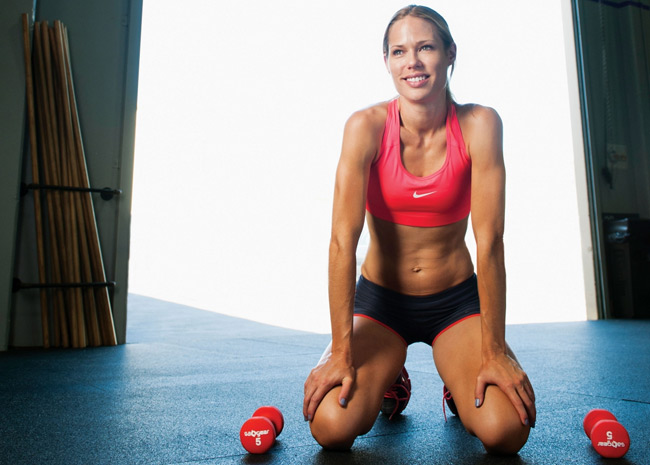
Does it help to reward people if you want them to exercise more? Yes, but try a combination of individual and team incentives, says Mitesh Patel, MD, MBA, MS, of the University of Pennsylvania. He led a study in the Journal of General Internal Medicine, published by Springer, that also showed how smartphones can be a hassle-free way to monitor people’s exercise programs.
Despite many associated health benefits, less than half of adults in the US do the bare minimum of exercise. It is extremely difficult to get people to exercise more, especially if they lead sedentary lives and are overweight.
Dr. Patel’s group used insights gathered from behavioral economics to develop a team-based exercise intervention. The trial consisted of a 13-week intervention period and a 13-week follow-up period. It challenged 304 employees from an organization in Philadelphia, divided up into 76 four-member teams, to take at least 7000 steps a day. Participants received daily feedback on how well they fared.
There were four types of teams: a control group, one in which rewards were based on individual performance, another in which rewards were based on the team’s combined effort, and a fourth in which rewards were based on a combination of individual and team performance. A winning team was drawn in each arm every other day and money was only paid if the step goals were achieved, according to the incentive allocation applicable to each arm.
The intervention, in the form of daily feedback, was designed to increase participants’ accountability to their teammates. The financial incentives used behavioral economics to leverage people’s irrational tendencies. For example, people tend to be more engaged when they are offered variable rewards, such as through a lottery or drawing, than through a constant payment. They also prefer rewards now as opposed to later and make decisions based on their emotions, such as the need to avoid the feeling of regret.
The combined incentive scheme worked best at getting people to exercise more. Participants in this group averaged 5280 steps per day which was 1446 steps more than the control group. The individual and team arms were statistically no different than the control group.
Dr. Patel said, “Compared to the control group, the combined incentive nearly doubled the time participants met their physical activity goals — 35 percent versus 18 percent of days. This was an important finding as the other intervention arms had the same value incentive but were no different than the control group.”
That a combination of rewards works best suggests that team-based incentives should also reward individual accomplishments and reinforce accountability and peer support to a team. A collaborative rather than a competitive approach is also better able to unite a team behind achieving a common goal. Providing only individual rewards may be less effective because there is not enough social reinforcement from peers.
Technology such as smartphones was also found to be a hassle-free and more objective way by which to monitor a person’s physical activity. It is a very practical choice, because up to two-thirds of US adults own one. More than 96 percent of participants completed the whole 26-week study, even though further financial incentives were not given during the 13-week follow-up period. The researchers believe this to be due to the smartphone-based approach to data collection, which required little additional individual effort.
“The findings provide a better understanding of how team-based models and financial incentives can be used to change people’s behavior towards better health, and how physical activity interventions and wellness programs can be better designed,” says Dr. Patel. “It also indicates the promise of using smartphones to track outcomes when combined with a behavioral change intervention.”